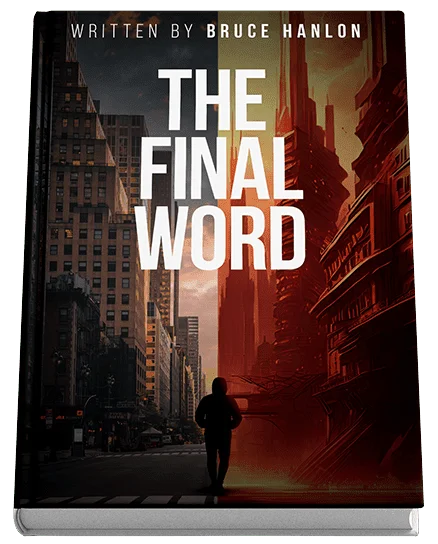Mystery novels have long captivated readers with their intricate plots, suspenseful twists, and the intellectual challenge of solving a puzzle before the final reveal. As a genre, mystery requires careful construction and deliberate pacing, making it both a rewarding and challenging form of storytelling. If you’re a writer looking to craft a compelling mystery, understanding the key elements that define the genre is essential.
A Gripping Hook
The first step in writing a mystery novel is to grab your reader’s attention from the very first page. A gripping hook is essential—it could be an unexplained death, a sudden disappearance, or a seemingly impossible crime. This hook should raise questions that compel the reader to keep turning the pages in search of answers. Remember, the stronger the initial intrigue, the more invested your audience will be in the story.
Complex Characters
Mystery novels thrive on well-developed characters. Your protagonist, often a detective or an amateur sleuth, should be relatable yet intriguing, with flaws and strengths that make them human. The antagonist, or the villain, needs to be equally compelling, with motives that are not immediately clear.
The supporting characters should also have their own backstories and secrets that add layers to the plot. Each character should contribute to the mystery, whether by providing clues or throwing the protagonist off track.
A Puzzling Plot
At the heart of every great mystery is a plot that challenges both the protagonist and the reader. This plot should be carefully constructed with twists and turns that keep everyone guessing. Red herrings—false clues that lead the reader (and sometimes the protagonist) in the wrong direction—are a crucial element. The key to a successful mystery plot is misdirection; the answer should be hidden in plain sight but difficult to discern until the very end.
A Tense Atmosphere
Next step is to create a tense atmosphere that is vital to building suspense in a mystery novel. This can be achieved through setting, pacing, and tone. Whether your story takes place in a small, foggy town or a bustling city, the environment should contribute to the sense of unease.
Pacing is also crucial—alternate between fast-paced action scenes and slower, more introspective moments to keep readers on edge. The tone of your writing should evoke a sense of mystery and foreboding that lingers throughout the novel.
Clues and Foreshadowing
A well-crafted mystery novel is full of clues that lead to the solution of the crime. These clues should be carefully placed throughout the story, with some being more obvious than others. Foreshadowing is another technique that can add depth to your mystery. By subtly hinting at events that will occur later in the novel, you can create a sense of inevitability that draws readers deeper into the story. However, it’s important to strike a balance—don’t make the clues too easy to spot, but also avoid making them so obscure that the reader feels cheated when the mystery is finally revealed.
A Satisfying Resolution
The resolution of a mystery novel should be both surprising and satisfying. Readers want to feel that all the pieces of the puzzle have come together in a logical way. The solution to the mystery should make sense based on the clues provided throughout the story. Avoid leaving loose ends or introducing new information at the last minute. Instead, aim to create a conclusion that ties everything together and leaves the reader with a sense of closure.
If you’re looking for a mystery that masterfully incorporates all these elements, consider picking up The Final Word by Bruce Hanlon. This novel is a prime example of how to blend a gripping plot with complex characters, all set against a backdrop of mounting tension. It’s a must-read for any mystery enthusiast or an aspiring writer.

Conclusion
Writing a fictional mystery is no small feat, but by focusing on these key elements—an engaging hook, complex characters, a puzzling plot, a tense atmosphere, carefully placed clues, and a satisfying resolution—you can create a story that captivates readers from start to finish.
Whether you’re penning your first mystery novel or fine-tuning your latest manuscript, keeping these components in mind will help you craft a tale that’s as mysterious as it is memorable.
Ready to dive into the world of mystery writing? Don’t forget to check out The Final Word for some inspiration!
